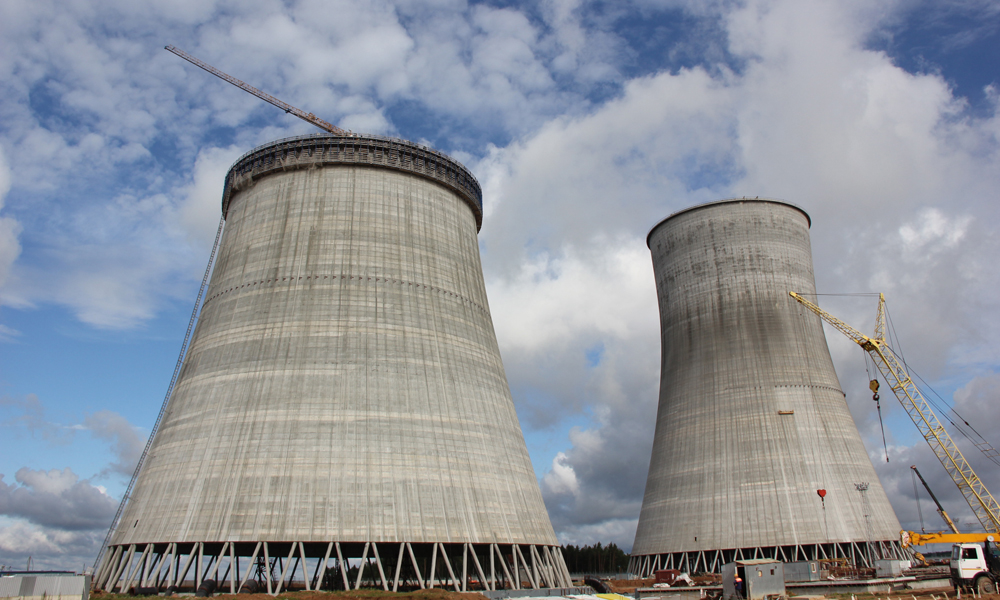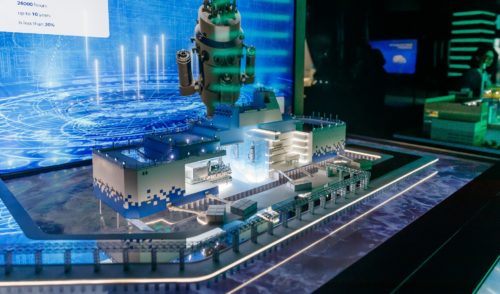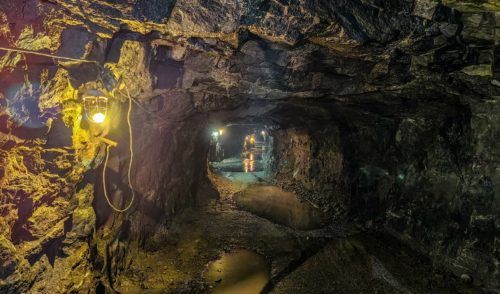
Belarus NPP to Be Commissioned in Summer 2020
back to contents“We are committed to putting the entire power plant in operation in the summer of 2020,” Alexei Likhachev said at the last week’s meeting with Belarusian President Alexander Lukashenko. He reminded that Belarus had set a task of building Europe’s safest and most advanced nuclear power plant. “And Rosatom follows the goal. It is true that the new – 3 plus – generation of nuclear power plants is without peer. And it is the most cost efficient without compromising on quality, safety and construction time,” Rosatom CEO stressed the advantages. In his turn, Alexander Lukashenko spoke about the nuclear plant construction from the economic, political and ethical points of view. He reminded that the decision to construct a nuclear plant in Belarus had not been easy to make because the country was among the most affected by the Chernobyl disaster. “People were very much afraid, but we manage to convince them that the future belongs to nuclear. This is the highest technology,” the Belarusian leader said.
Constructed near Ostrovets, a small town in the Grodno Region of Belarus, just 50 kilometers away from Vilnius, the Belarusian nuclear power plant will have two reactor units. The nuclear power plant is based on the standard AES-2006 Generation 3+ design that offers more efficient performance and advanced safety systems in accordance with post-Fukushima requirements, as well as full compliance with applicable environmental and sanitary regulations.
Highest level of safety
Earlier this year, the Belarusian NPP site was visited by a SEED (Sight and External Events Design) mission organized by the IAEA. The Agency confirmed that Belarusian authorities factored in all possible external hazards to the local nuclear plant constructed by Russia. IAEA experts assessed the plant site near for compliance with international safety requirements, as well as resistance of the plant’s structures and systems to external and internal hazards. They also evaluated the structures’ safety margins designed to account for the post-Fukushima requirements. The IAEA mission included leading international experts from the USA, Poland, France, Hungary, Turkey and Romania. “We have concluded as part of the mission’s assignment that the Belarusian authorities duly accounted for all potential external hazards in the nuclear power plant design,” said Grzegorz Rzentkowski from the IAEA Department of Nuclear Safety and Security. According to him, the SEED mission will provide the Belarusian government with a final report on the mission’s results within 90 days after its completion. The report will be made available to general audience. “We have concluded that the design of the Belarusian nuclear plant accounts for all external factors and safety issues. All the required measures have been taken to prevent the worst scenario from happening. We have also discussed safety lessons learned from Fukushima. Welcoming approach and openness on the Belarusian part facilitated the success of our mission,” Grzegorz Rzentkowski added. He also noted that Belarus followed positive practices in the nuclear construction project. Most notably, local experts perform regular screening of external threats selected with reasonable criteria. It is the nuclear operator’s duty to provide the regulator with comprehensive safety and other data.




